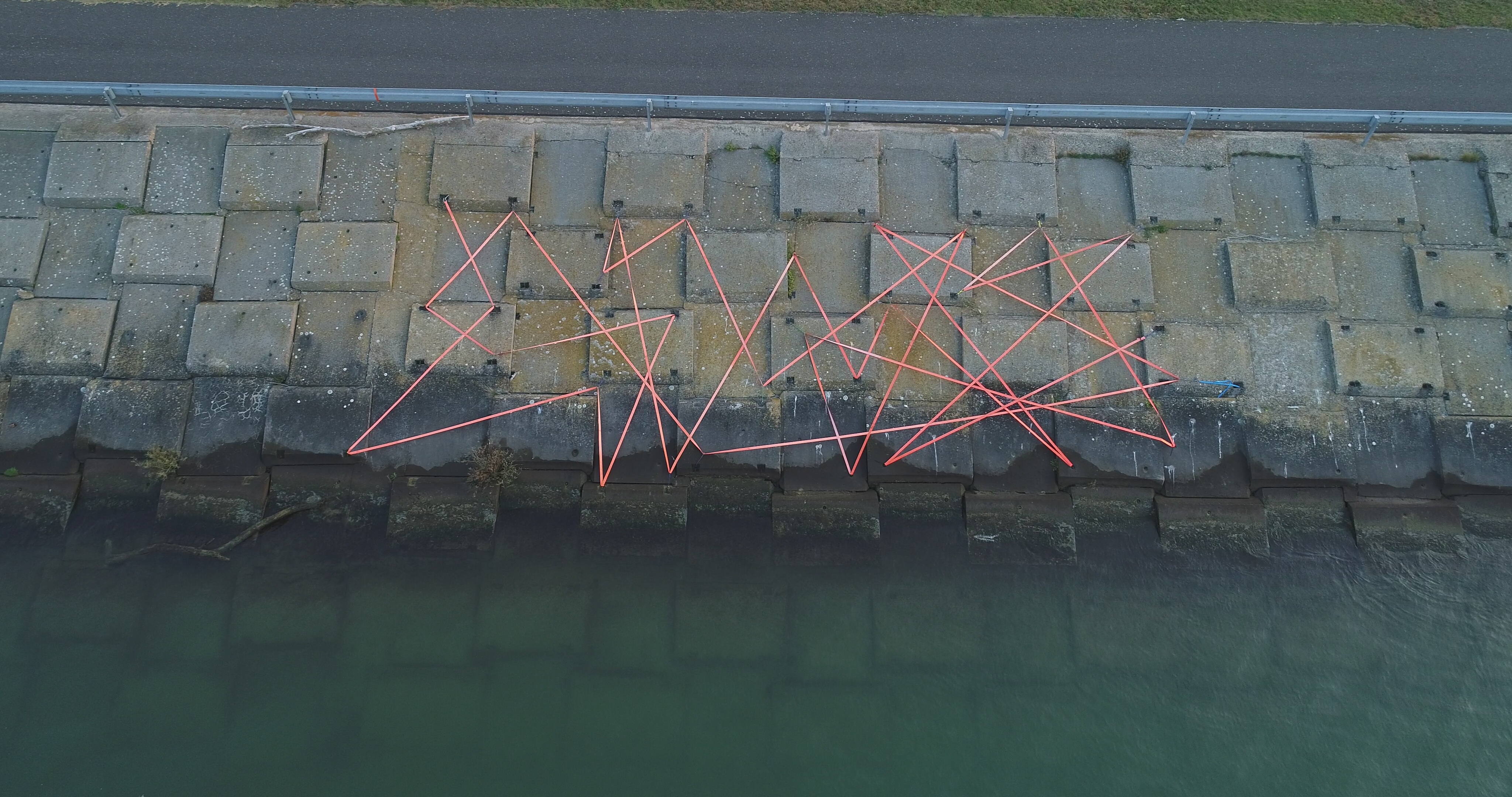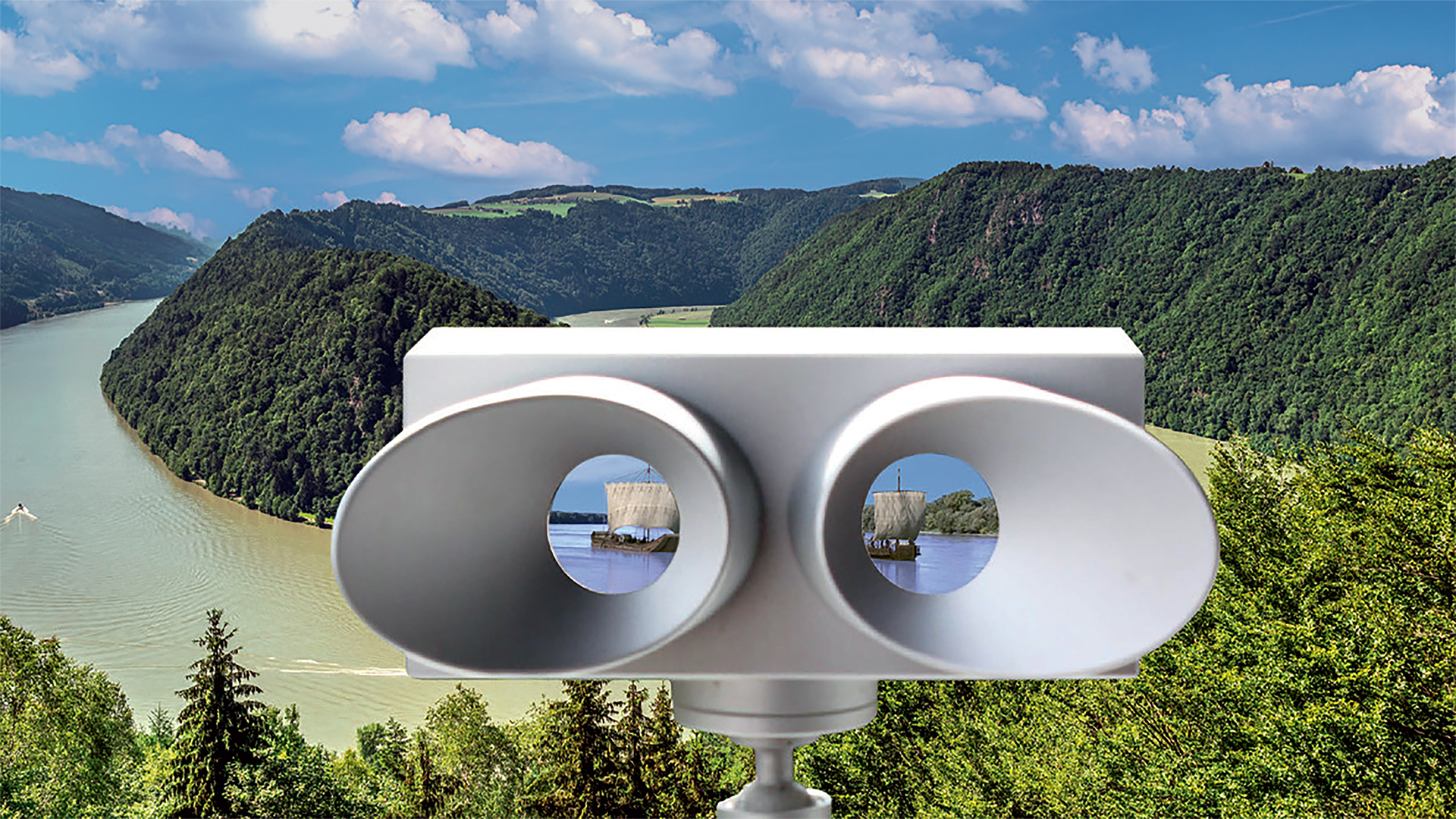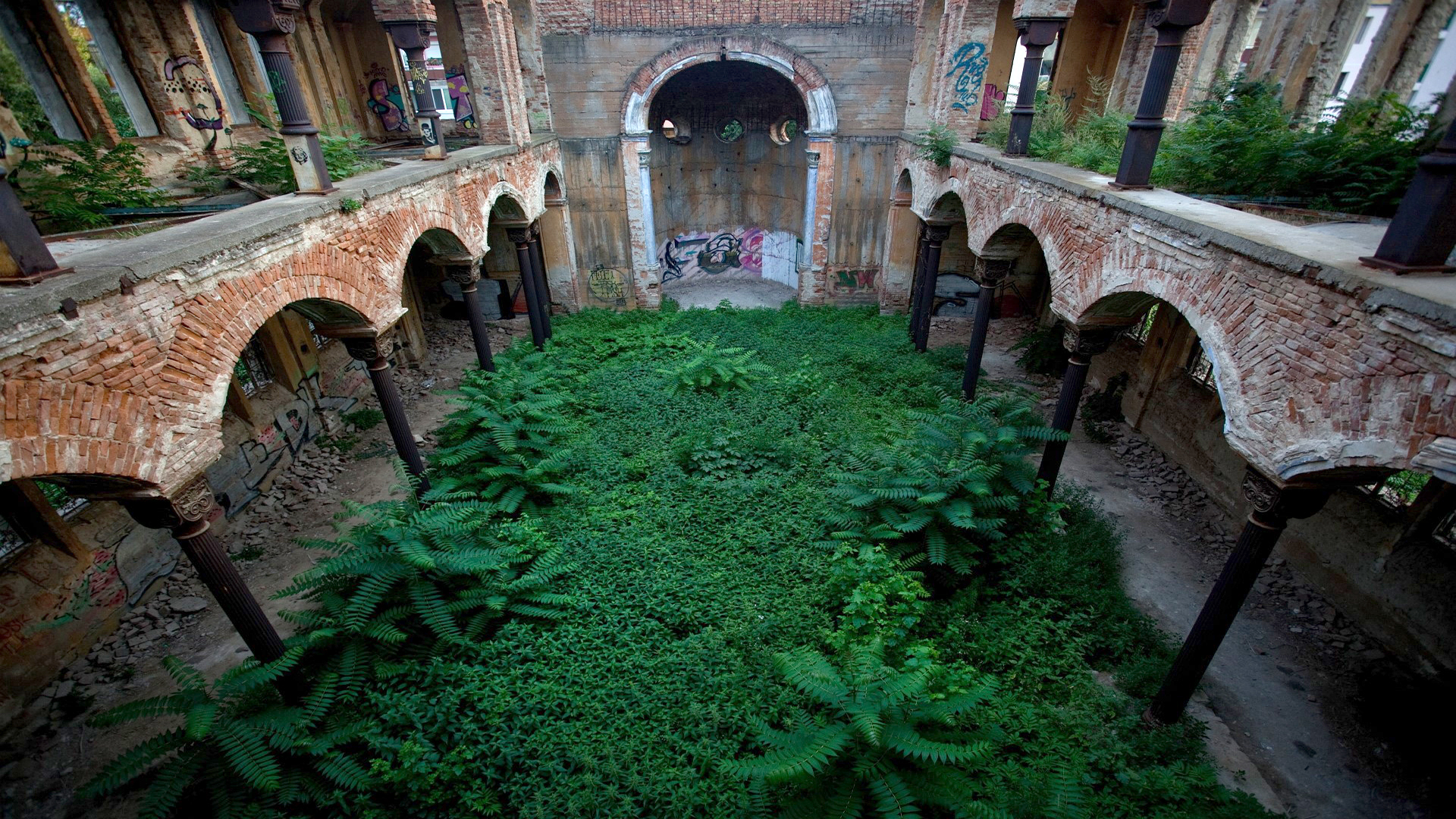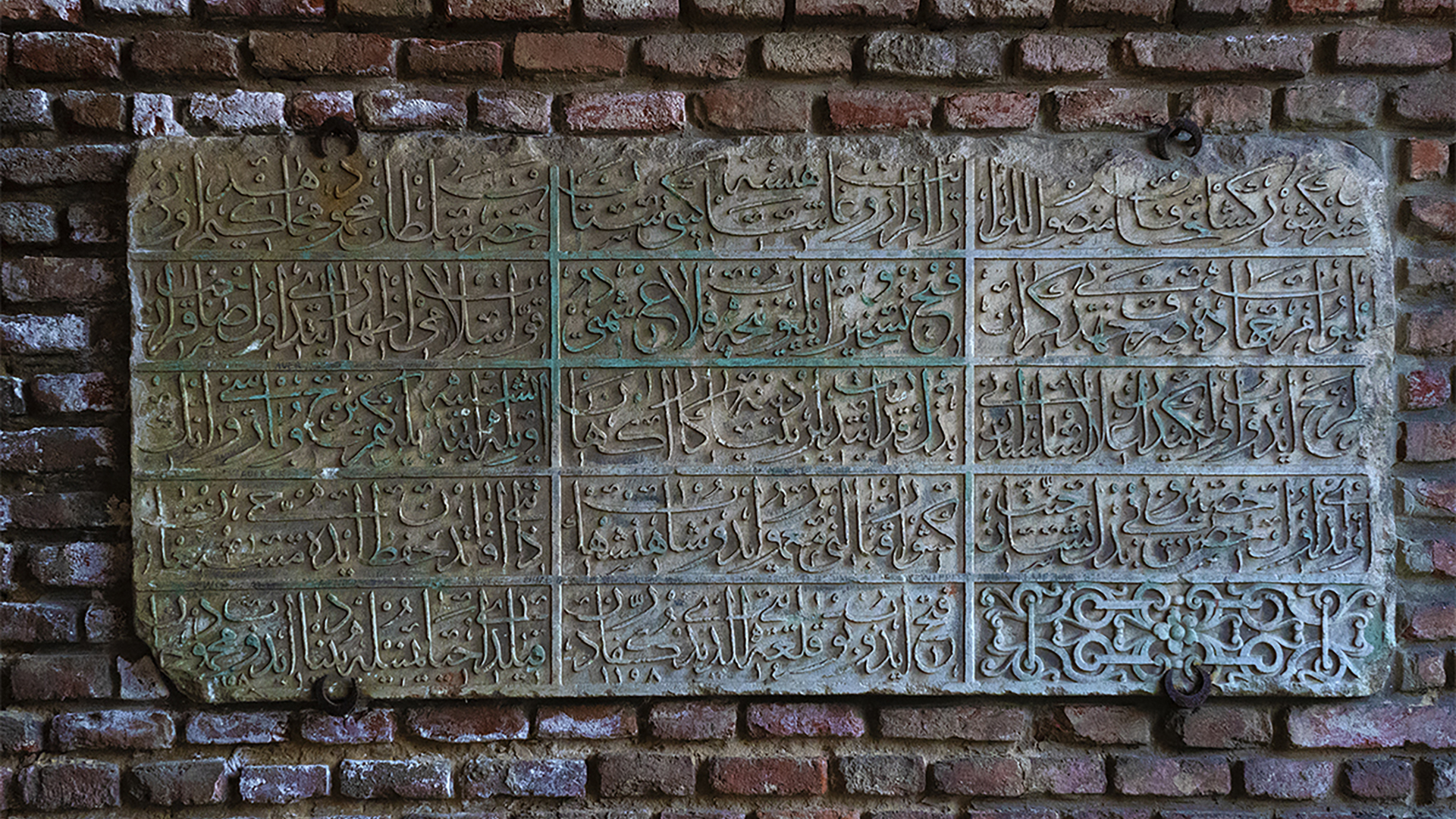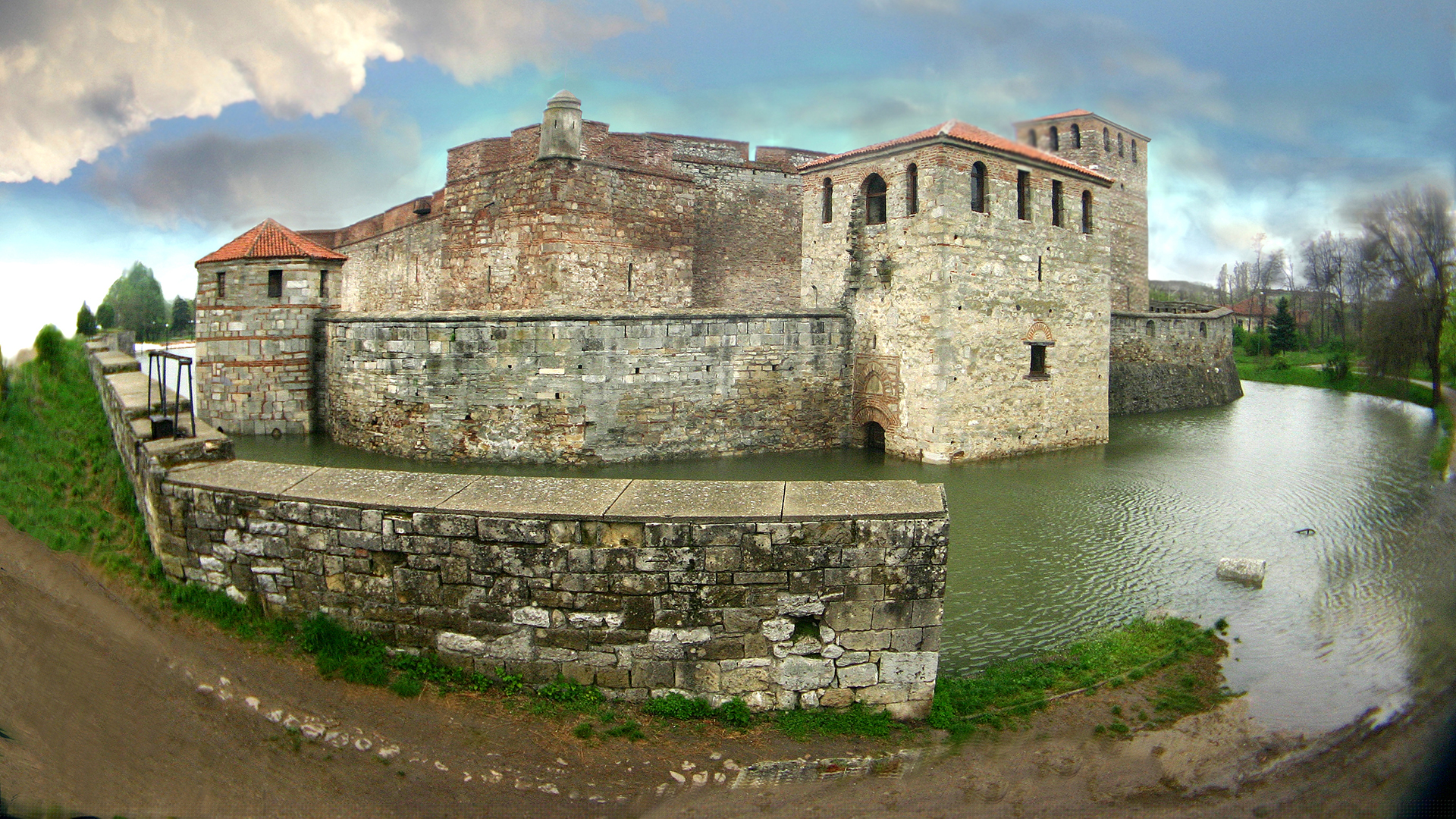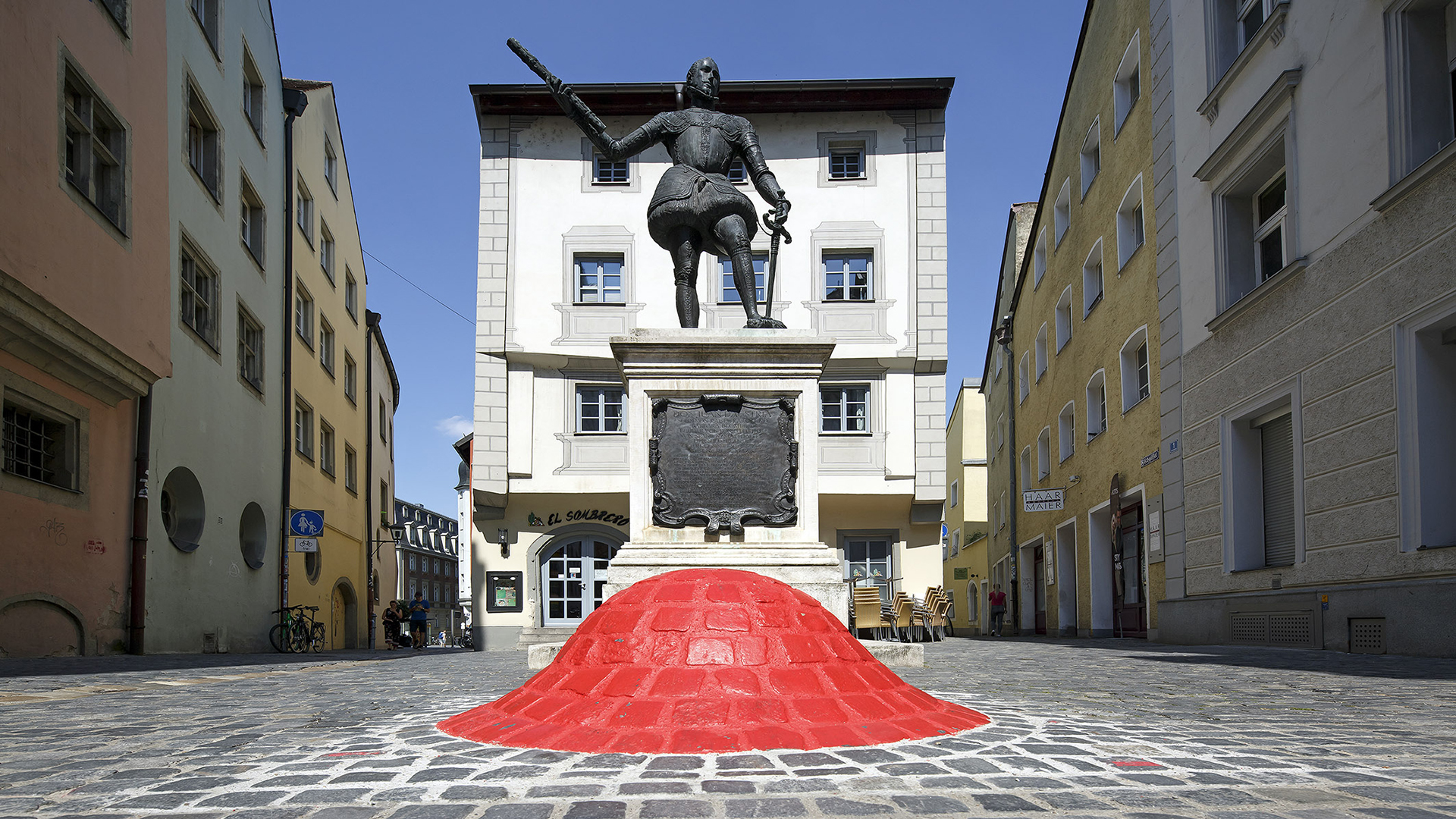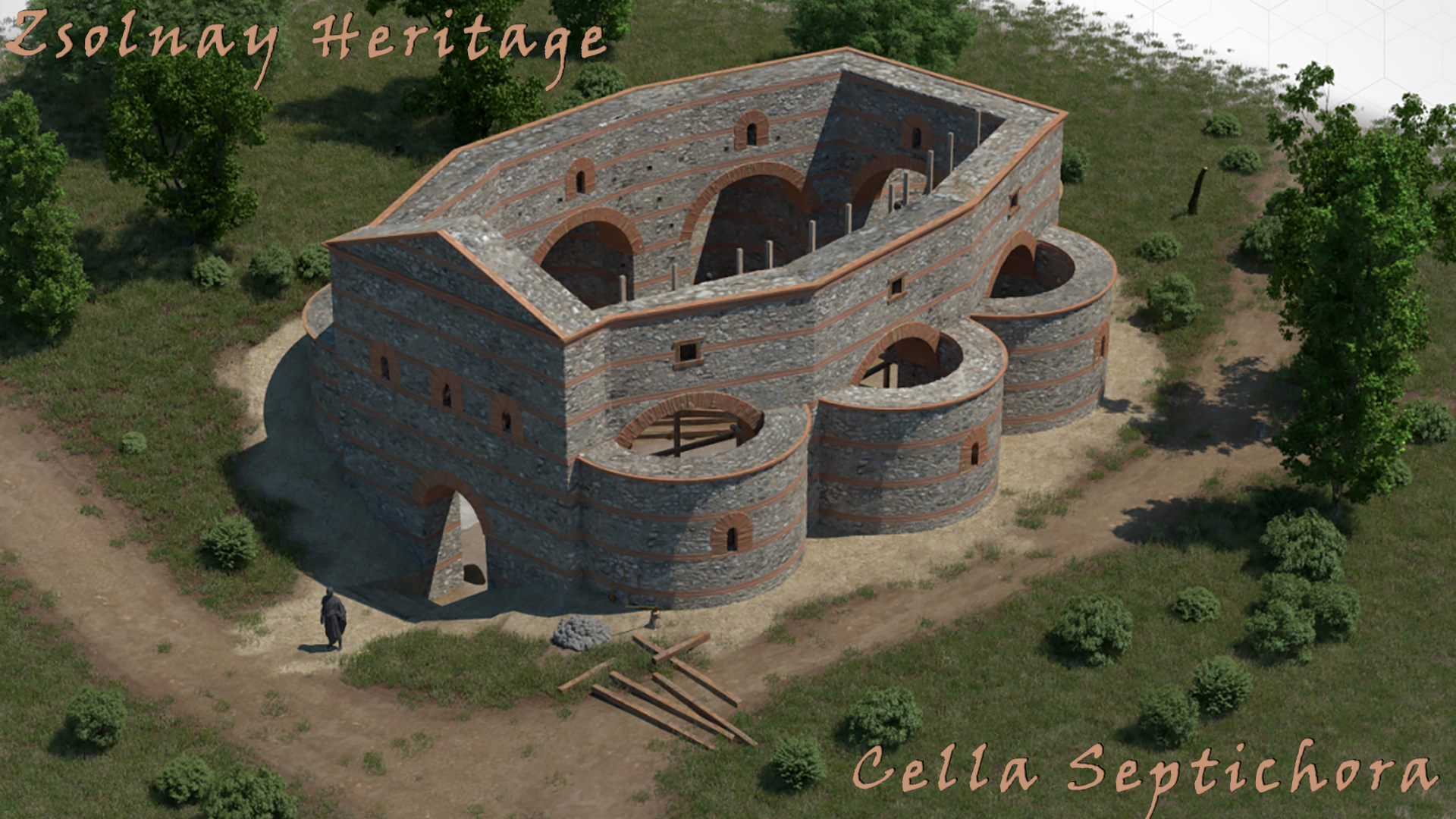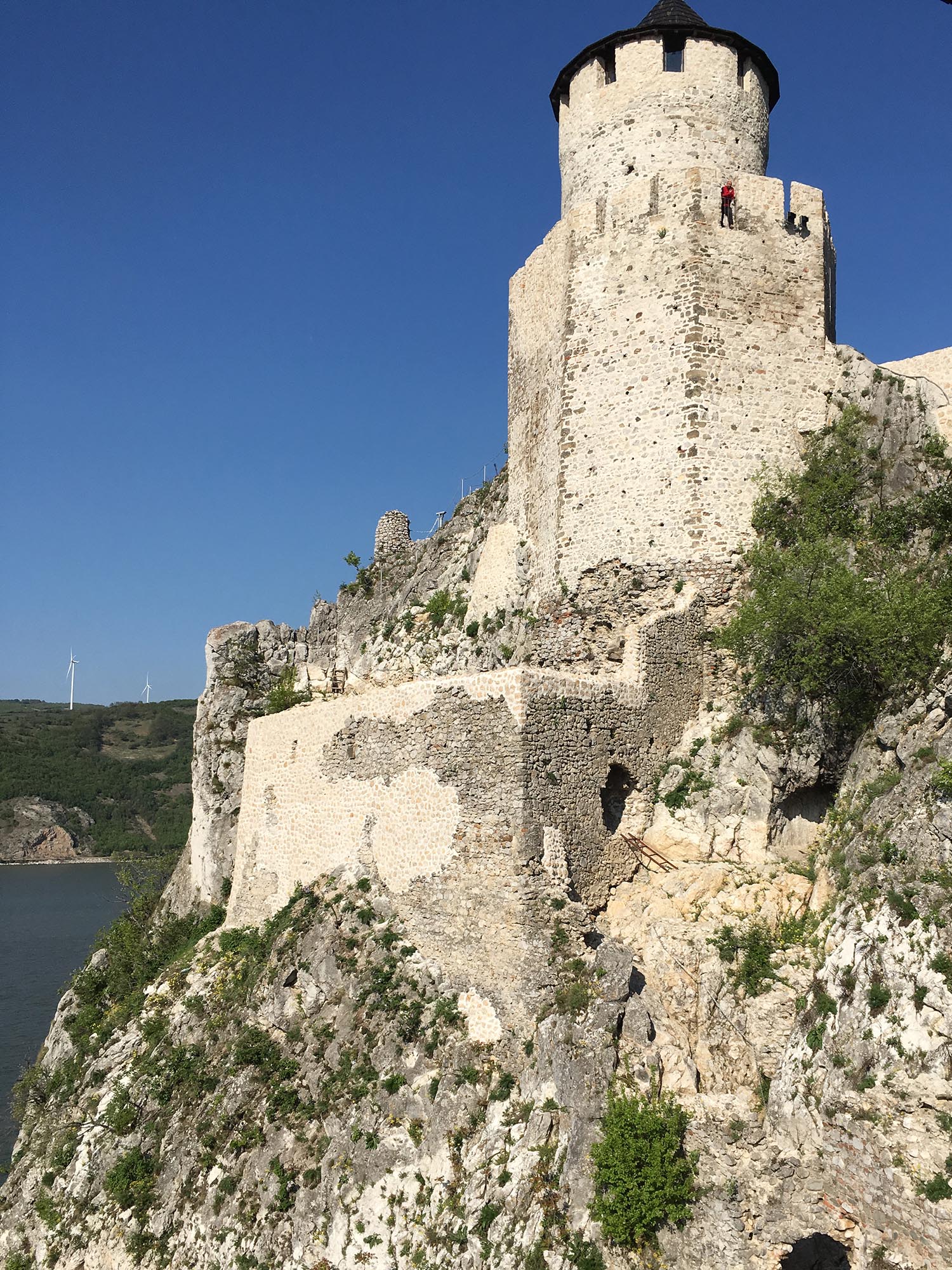|
pilot project of the : Upper Austria Cultural Quarter (PP1)
Hidden Roman heritage in Upper Austria
A number of Roman encampments were situated in Upper Austria in the Roman times. However, most of the remains from that era are covered with newer structures: houses, churches, hotels and other permanent constructions of which some also represent heritage from some later era. For that reason, the partners from Upper Austria opted for underground scanning in order to determine the exact size, shape and type of remains. The results were expertly researched and than presented using advanced 3D visualisations for different hidden historical sites.
A series of 6 stereoscopes was set up on particular spots in Upper Austria along the Upper Austrian Danube Limes, to reveal hidden heritage not as remains, but as digital representations of constructions in Roman times.
The sites that are presented are:
- the Legion camp Lauriacum / Enns, with 3 stereoscopes showing a recreation of the camp with the V-shaped ditch, the impressive wall and towers, and the twelve ovens of the largest known lime kiln battery formation of the Imperium Romanum
- The Roman burgus in Oberranna with its four towers, located on barely inhabited countryside around Engelhartszell (next to the Danube cycling path)
- the Danube river bend in Schlögen holding a smaller castrum with some civilian dwellings nearby and a bath facility right next to a passing street, some trade and military ships from the era are shown floating along the Danube
|

